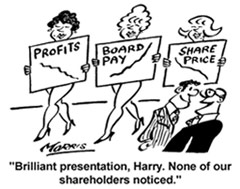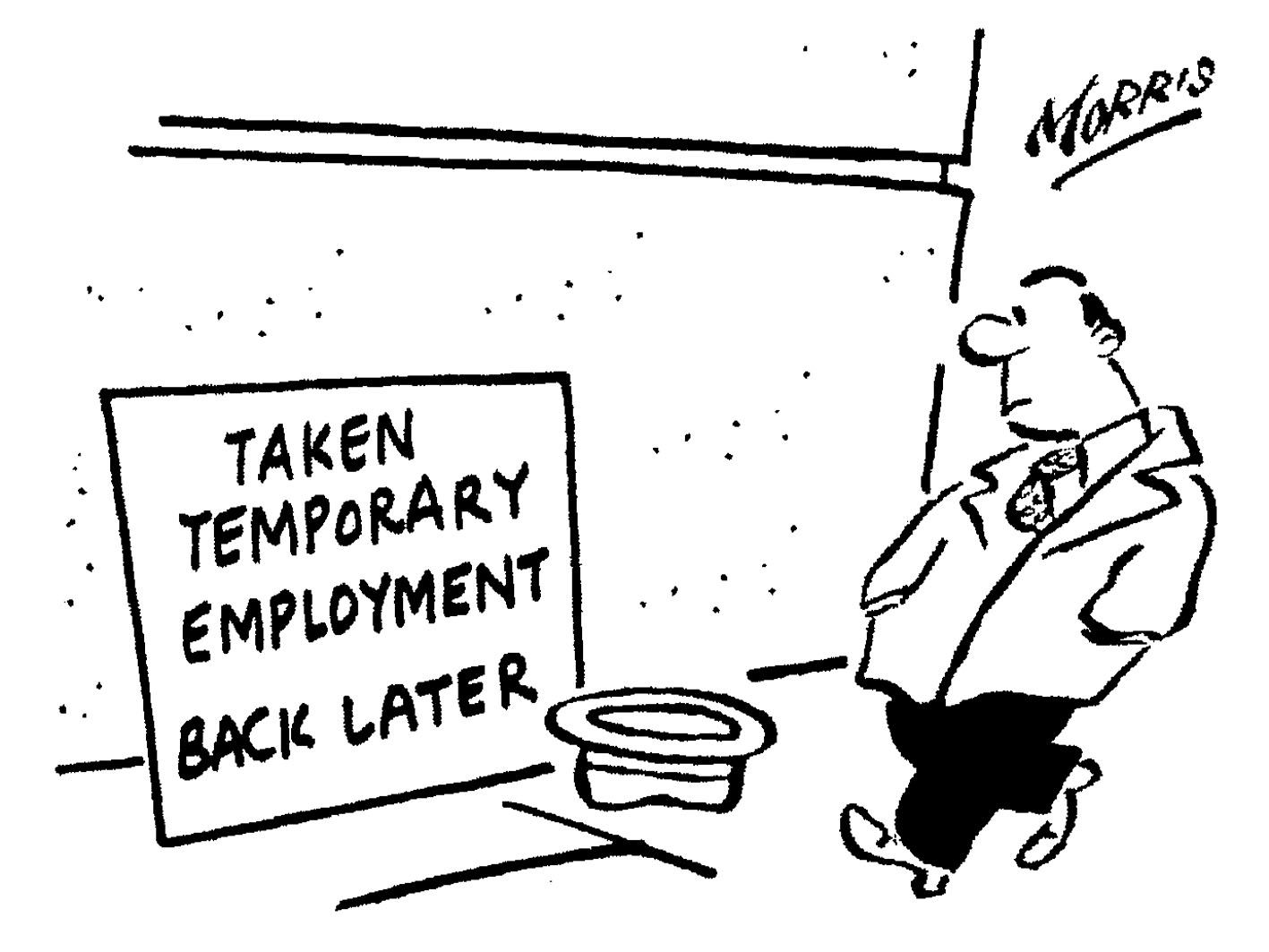Payoff catalog for some of the most commonly traded Equity Exotics (Structured products)
Ok. We'll be try to list payoffs for some of the most commonly traded products in the market today. But remember these structures are traded OTC and you should always expect deviations from these payoffs for these structure. With new structures thought of and researched everyday, this article will always be a work in progress. If you too have a structure in mind and think is worthwhile to put it here, give it to us the payoff and we'll include it in this page. Contact us at feedback@deltaquants.com.
Autocallables
An autocallable trade could be on a single index/stock or basket of indices/stocks. It is normally a multi period product and terminates early if at any observation date all the the underyings are above their autocall levels (often the initial level). Autocallables are one of the most commonly traded structured products. The buyer earns high yield (coupon) contingent on the underlier (or worst-of for basket trades) performance being greater than a threshold level (coupon trigger level). Also, the trade is capital protected as long as none of the underlying is below a given barrier level (knock in often the coupon barrier) at which the payoff (the final settlement) is normally linked to the performance of the underliers (worst performing stock/index in the basket trades).




Altiplano
Altiplano is again a multi asset derivative product. In one of the commonly traded Altiplano structures, the buyer receives a large coupon at maturity if none of the underlyings fall below their barrier level till expiry(normally 40-60% of the initial level). If one or more underlyings do fall below the barrier level, the buyer becomes long an Asian call on the baskets.



Rainbow options
Rainbow trades are options on the basket of underliers. The payoff at maturity is normally the weighted sum of the performances of the (all or some) individual underliers. The weights attached to the individual asset performances are decided in hindsight. e.g 60% for the best performing asset, 30% for the second best performer and 10% for the worst performer.




Cliquet options
Cliquets trades are almost a fashion today. Normally a multiple period trade on a single underliers. At the end of each observation period the performance of that period gets locked in (often subject to a floor of 0). The overall return of the trade may be subject to a global (or local) Cap or a Floor.

Looks complicated (as indeed all generalisations do), but if you observe closely the payoff is simply the sum of periodic returns subject to local and global caps and floors.
Cliquets can also viewed as a series of ATM forward starting options and gives the buyer an exposure to forward skew.
Reverse Cliquets
These are an interesting variants of the standard cliquet trades. The payoff at maturity is a Coupon (MaxCoupon) plus the sum of negative negative periodic returns till the expiry.

The buyer is betting to receive an above market return(equal or close to MaxCoupon) which would happen if the underlier has positive periodic performances throughout till maturity. The trade has a local cap at 0 and global floor at 0.
Napoleon options
Napoleon options pays to the buyer a fixed coupon(C) and the worst returns of the index/stock over specified periods.

Above is a payoff for a 1Y trade, that pays fixed coupon C and the worst monthly performance over the one year duration till expiry.
Outperformance options
Also referred to as spread options are typically European style, and has a payoff based on the excess return of one asset S1 over S2. At maturity, the outperformance option holder receives

Individually capped basket call (ICBC)
A basket call based on capped returns of the underliers



Best-Of and Worst-Of trades
These are options on the Best and the Worst performing assets from the baskets of underliers.





Shark Notes
Shark notes are capital protected structured product. The final settlement is contingent on whether an high barrier (up and out) is breached on any of the observation dates. If high barrier is not breached (knock out), the buyer gets the Notional back along with the payoff of the call option. If the Knock out event does happen, the buyer gets the notional back along with a predecided Rebate.


Single Asset Reverse Convertible
The buyer of a Reverse convertible is long a zero coupon bond and short a down and in put. The motivation of such a structure being yield enhancement. The buyer is betting that the knock in event will not happen and the premium received helps in enhancing the yield. Ideal for a moderately bullish environment. A lot of investors did suffer a lot during the 2008/2009 crash when the down and in puts got knocked in resulting in a lot of losses.

NA is the notional amount, C is the above market coupon that the investor manages due being short on the doen and in put, K and S have their usual meanings.









